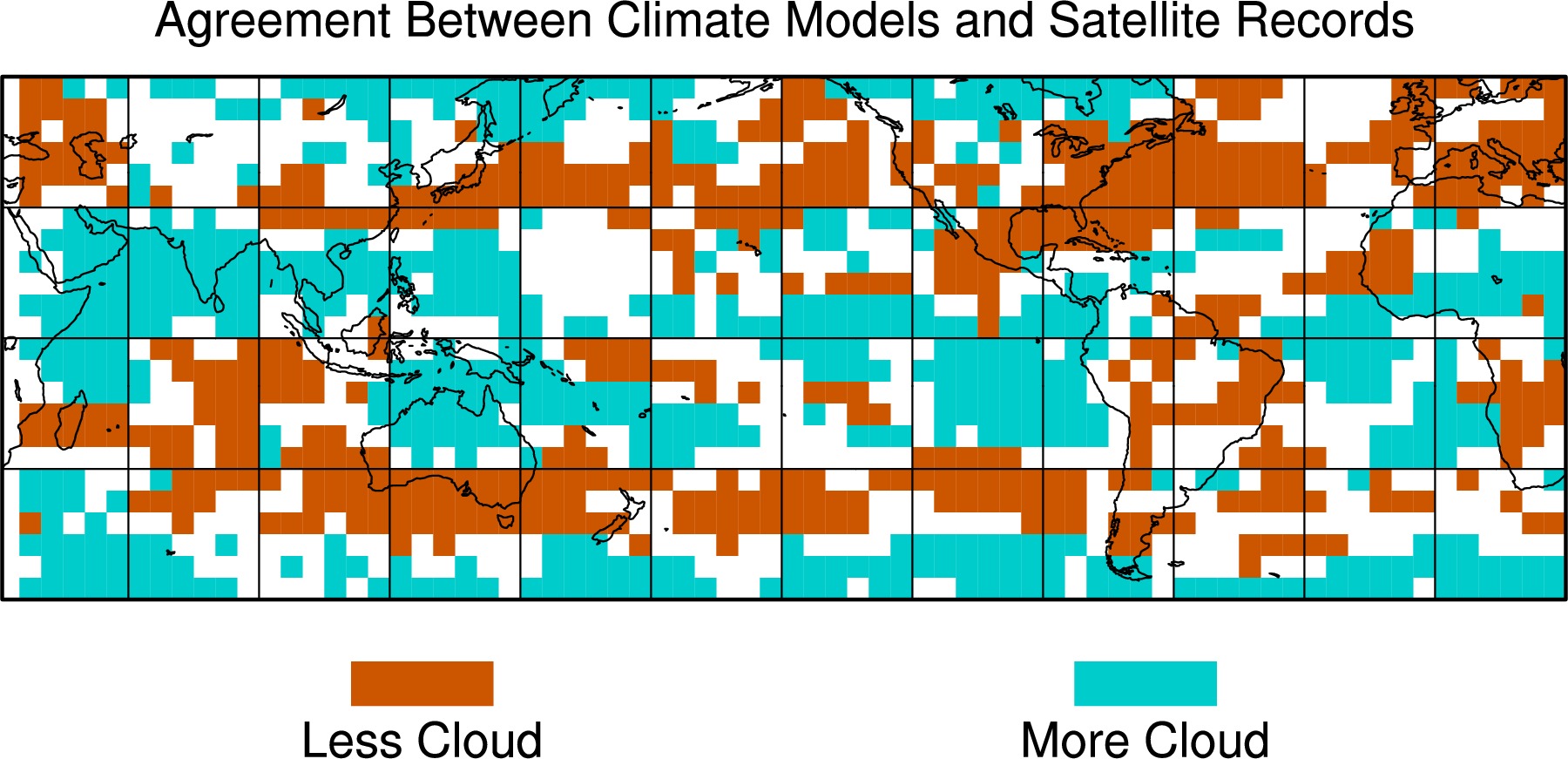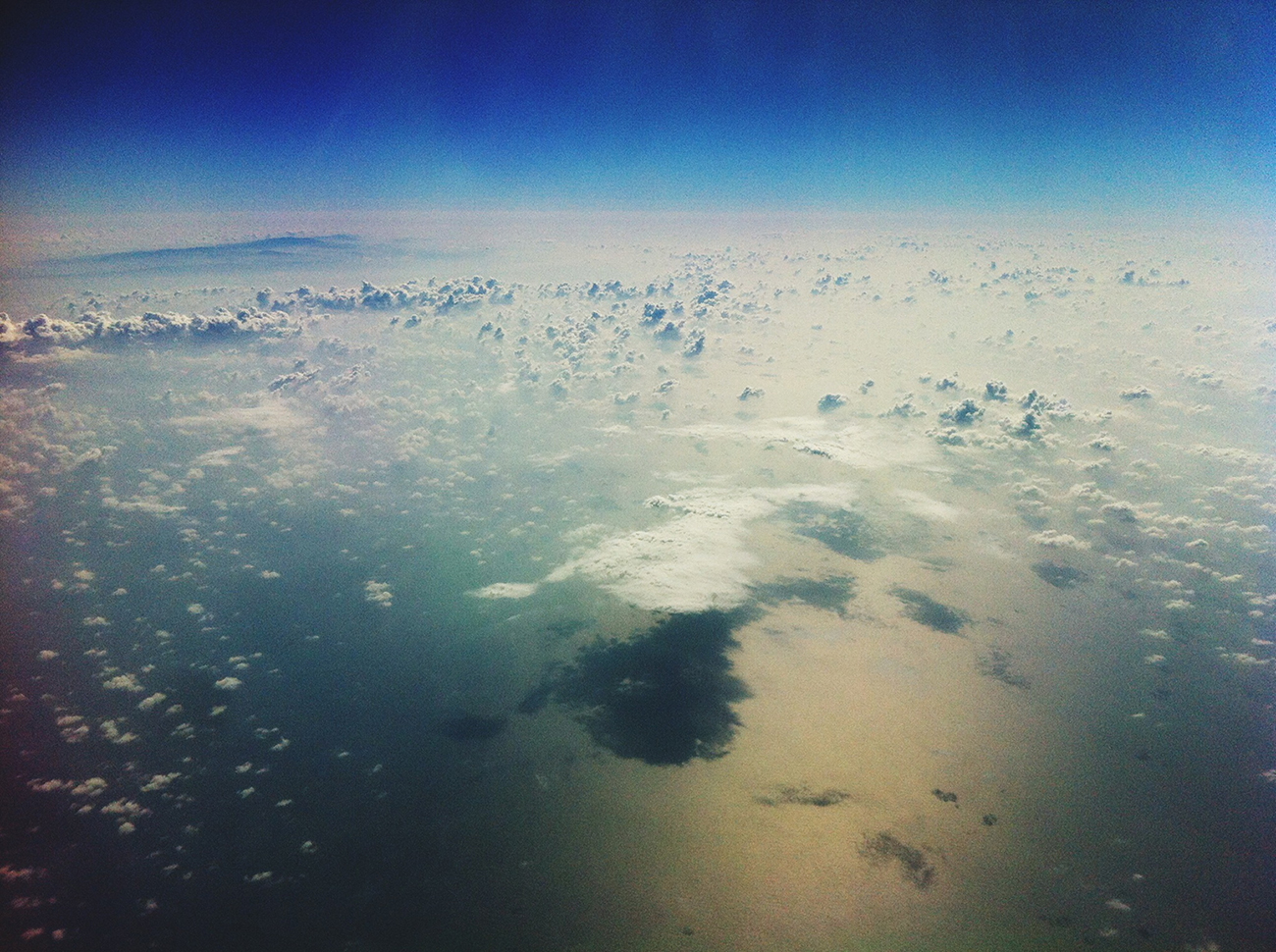
Shifting global cloud patterns could amplify warming, study says
Robert McSweeney
07.11.16Robert McSweeney
11.07.2016 | 6:33pmA new study sheds light on one of the biggest uncertainties in predicting future changes to Earth’s climate: clouds. Clouds both warm the planet by insulating the Earth’s surface like a blanket, while simultaneously cooling it by reflecting away energy from the sun.
Climate models predict that as the Earth warms in response to greenhouse gases, clouds will shift towards the poles and sit higher in the sky, further speeding up warming.
But clouds are tricky to measure and until now, scientists haven’t been able to find direct evidence that these changes were actually happening in the real world.
The new study published in Nature uses satellite data to identify how cloud patterns have changed in recent decades, confirming the pace of warming predicted by climate models.
Satellite data
Scientists use weather satellites to measure the extent, height and thickness of clouds. But these measurements suffer from several issues that can limit how useful they are for detecting long-term changes in cloudiness.
Small discrepancies in the data are caused by satellite sensors degrading over time and being replaced by new, more precise instruments.
Another issue is the gradual change in the orbit of satellites themselves, says the study’s lead author, Prof Joel Norris, professor of climate and atmospheric sciences at the Scripps Institution of Oceanography in San Diego. He explains to Carbon Brief:
This means a satellite might appear to record a change in cloudiness when it is, in fact, taking measurements at a different time of day.
The new study found a way to strip out the spurious variability in satellite records, to give a reliable indication of how cloud patterns changed between the 1980s and 2000s. The findings suggest the behaviour of clouds has been exactly as climate models suggest.
Changing cloudiness
The map below from the study shows how global cloudiness has shifted in the last few decades. The blue shading indicates areas where cloudiness has increased, including high latitude regions, the northwest Indian Ocean, and to the north of the equator in the Pacific and Atlantic oceans.
The orange shading shows where there is now less cloud. This is in two main bands across the mid-latitudes of the northern and southern hemispheres.

Locations where the majority of climate models and the majority of satellite records agree on how cloudiness has changed from the 1980s to the 2000s, relative to the global average change. Blue shading indicates increase in cloud, while orange shading shows areas of decrease. Source: Norris et al. (2016).
These distinct patterns of cloudiness are consistent with three main changes happening in our atmosphere, the paper says.
The first is the expansion of “subtropical dry zones” towards the poles. These are belts of dry conditions with few clouds at around 20-30 degrees latitude in both hemispheres. They are home to some of the world’s largest deserts, such as the Sahara and the Kalahari in Africa.
The second change is the shift of mid-latitude storm tracks towards the poles. Storm tracks are the pathways storms tend to follow across land and ocean, guided by the jet stream – a thin, fast flowing ribbon of air high up in the atmosphere. As the storm tracks shift poleward, the amount of clouds in the mid-latitudes reduces.
The third change the paper identifies is that clouds are getting higher. A warmer atmosphere allows clouds to rise higher because they are more buoyant, Norris says.
These three changes are consistent with climate model simulations, the researchers say, providing the first direct evidence of the projected changes in the real world.
The analysis suggests the cloudiness changes are a result of human-caused climate change, with the gradual recovery from two major volcanic eruptions – the 1982 El Chichón eruption in Mexico and the 1991 eruption of Mt. Pinatubo in the Philippines – providing an extra contribution.
Volcanic eruptions tend to have a short-term cooling influence on the world’s climate due to the ash and dust they throw into the air. As this debris eventually settles out of the atmosphere, global temperatures rebound again.
Greenhouse gas emissions are likely to continue being the dominant influence on changing cloud patterns in the future, says Norris:
Positive feedback
In addition to showing how warming is affecting cloud patterns, the paper discusses how those changes can, in turn, amplify human-caused warming.
As clouds shift towards the poles, more of the ocean at lower latitudes will be exposed to incoming sunlight, says Norris. As the ocean is darker than the tops of clouds, this means the Earth will absorb more of the sun’s energy, leading to faster warming.
Higher clouds lead to greater warming as well, Norris explains:
Processes that act to reinforce the warming already taking place are known as positive feedbacks. Norris says:
Prof Steven Sherwood, professor of physical meteorology and atmospheric climate dynamics at the University of New South Wales, who wasn’t involved in the study, says the study increases trust in climate models’ projections of future climate warming. He tells Carbon Brief:
Prof Andrew Dessler, a professor of atmospheric sciences at Texas A&M University, who also wasn’t involved in the study, says the results provide additional evidence that climate models are doing “a reasonable job” of representing clouds. He tells Carbon Brief:
Norris, J. R. et al. (2016) Evidence for climate change in the satellite cloud record, Nature, doi:10.1038/nature18273


